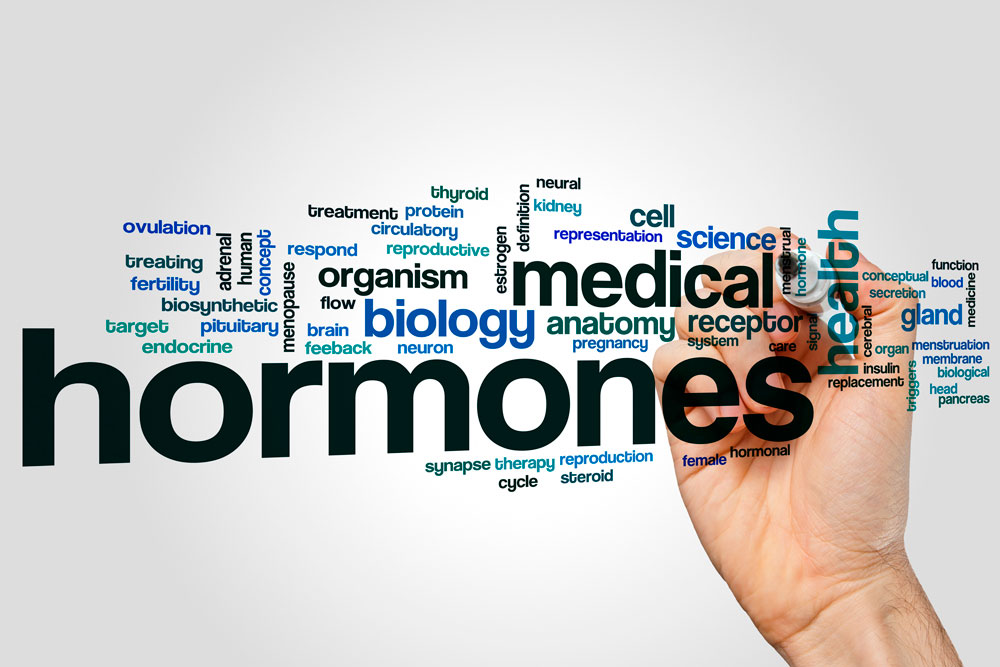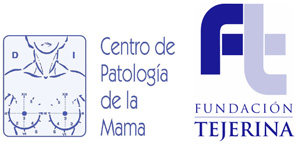Some tumors originating in breast cells may retain the ability to respond to hormonal changes, stopping growth if the hormones that stimulate their development are suppressed or if drugs are administered that counteract this growth effect. These tumors have hormonal receptors for estrogens (ER) and for progesterone (PR) and are called “hormonedependent”. Approximately 70 percent of breast cancers have estrogen receptors, and most ER-positive breast cancers are also PR-positive.
Estrogens and progesterone are produced by the ovaries in premenopausal women and by some other tissues, including fat and skin, in both premenopausal and postmenopausal women.
Hormonal treatments are used to eliminate the levels of circulating hormones or to block their effect, which slows the growth of hormone-dependent breast tumors. Tumors that are not sensitive to hormones do not react to hormonal therapy.
The side effects of hormone therapy are highly dependent on the drug administered. Hot flashes, night sweats, and vaginal dryness are some of the most common side effects of hormone therapy, which can also alter the menstrual cycle of premenopausal women.
The benefits and risks of each treatment are evaluated by our team of experts who decide what type of drug each woman should be prescribed and for how long.


